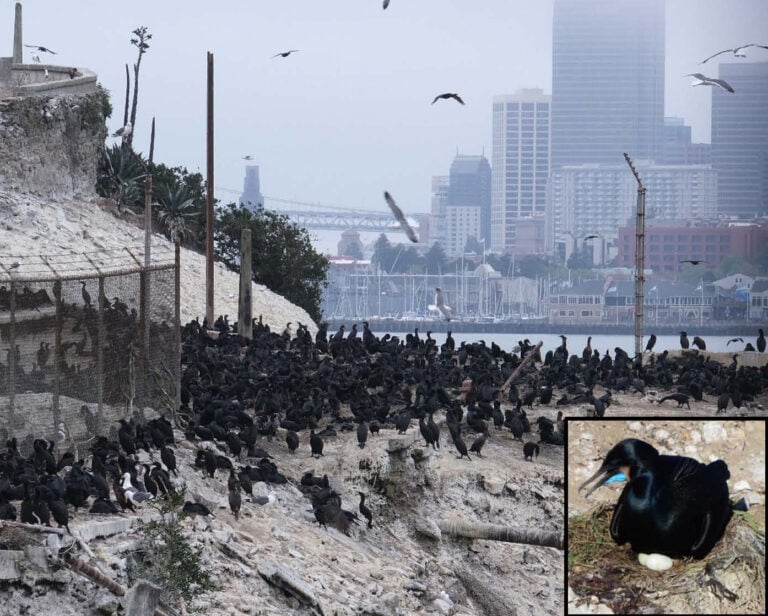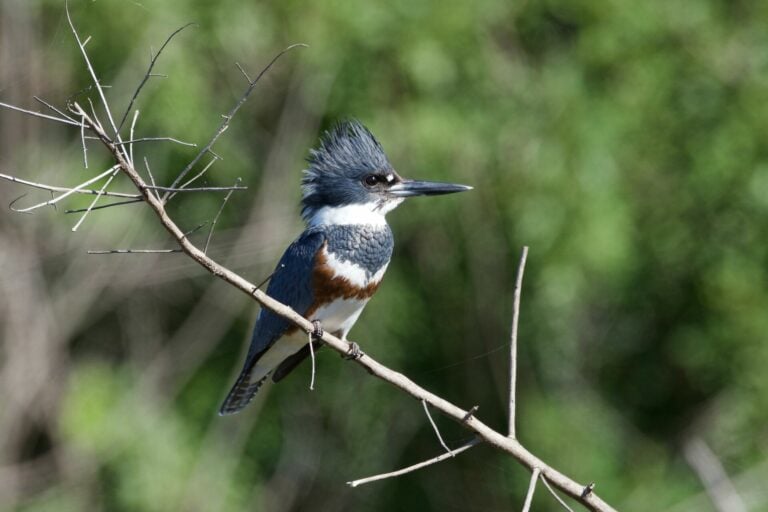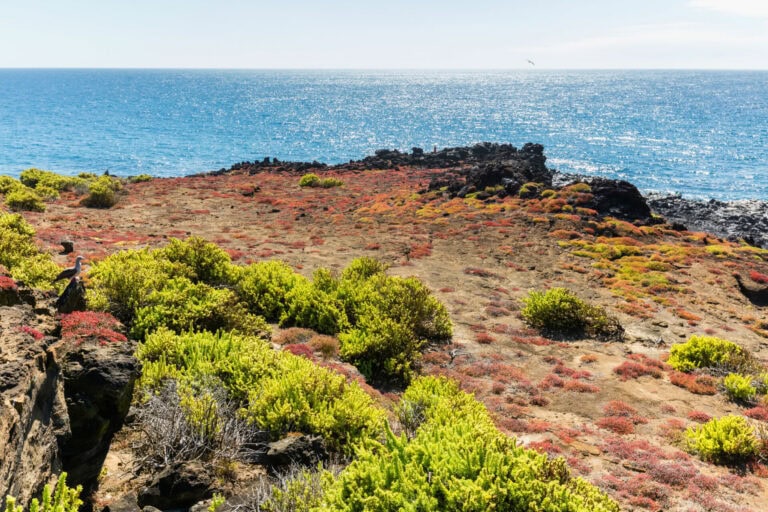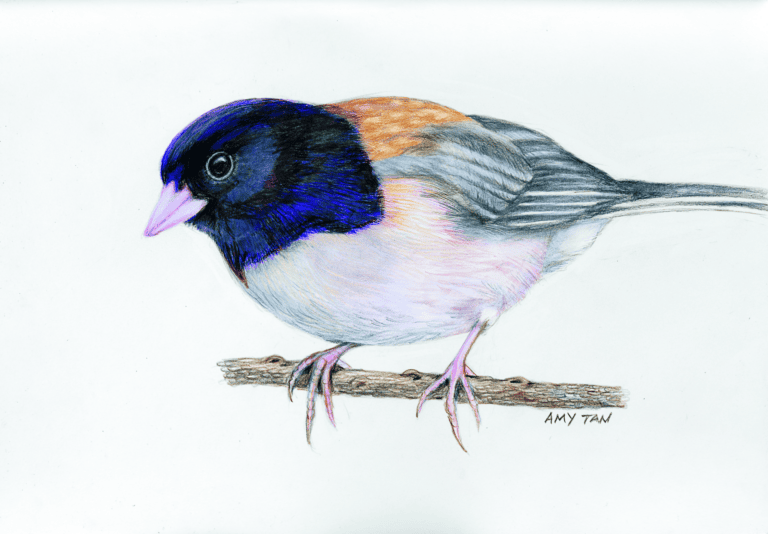Alcatraz Island – A Climate Refuge for Seabirds
Alcatraz Island Brandt’s Cormorants moved into San Francisco Bay in the early 1990s during a coastward population shift. Alcatraz is now one of the largest Brandt’s Cormorant breeding colonies, outperforming its ocean counterparts despite a high level of human disturbance in this urban setting. The bay hosts a large anchovy population and demersal fish nursery, with strong tidal currents and the river plume into the ocean concentrating prey for seabirds and other predators. We are working to mitigate anthropogenic stressors to support this important colony and increase seabird resilience to climate change.
Julie Thayer has worked in the California Current marine ecosystem for three decades, with a brief hiatus on the north coast of Brazil. She studied at the University of California at Santa Cruz/Long Marine Lab and UC Davis in Marine Biology and Ecology. Thayer has done field research on Alcatraz seabirds, studying population changes, diet, productivity, and human distrubance to Brandt’s Cormorants and Western Gulls since 1990.
Date: Thursday, March 20, 2025 (7pm)
Location: Online via Zoom
Zoom Link: https://us06web.zoom.us/j/82062580580?pwd=JbHzA9NssDTyrD0Vs58Yy1S2XX8xV0.1
Passcode: 404139…




